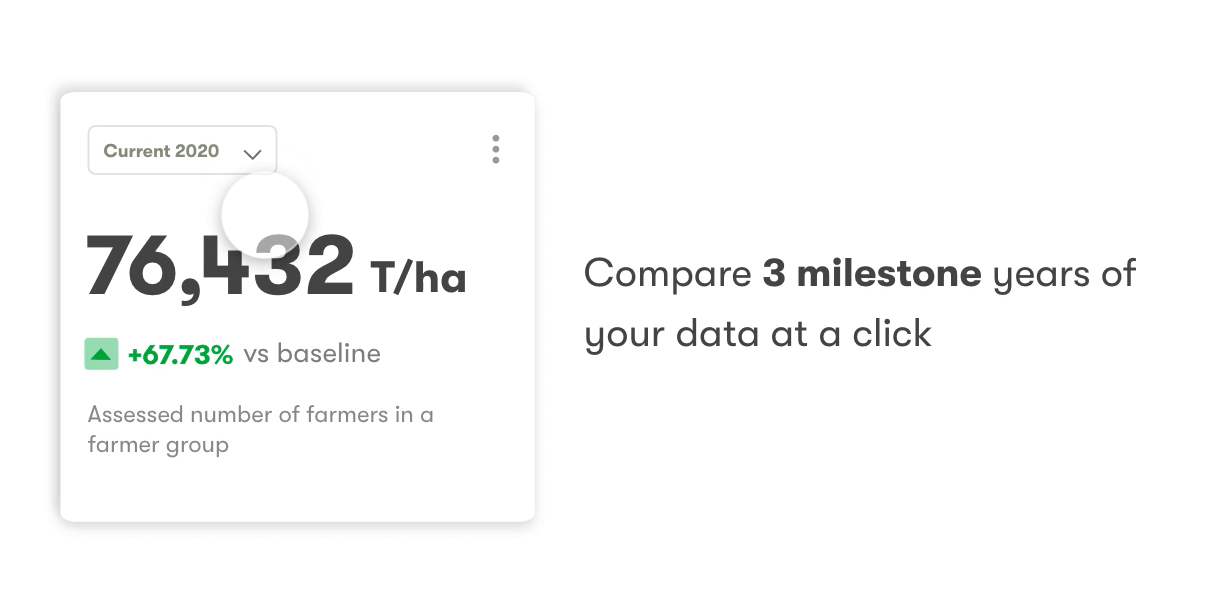CULTIVATING GREATER SOCIAL AWARENESS IN COFFEE GROWERS
During the harvest season of 2017, children under the age of 16 were discovered picking coffee on many farms in Jaén Province of Peru.
Fast forward two years and every child up to the age of 18, of the coffee farmers that Olam works with in this region, is in full-time education.
Child labour is an inherent risk in coffee farming with children often pulled from school during busy harvest periods, as smallholders need every single hand to feed their family.
“Since we entered the project, our lives have changed so much because we have more productivity and profitability. Socially we have access to private clinics at fair prices, our children attend schools and universities, and in environmentally, you make efficient use of water, we do not pollute water sources, we do not deforest, on the contrary, we have installed forest trees in our areas.”
- Antenor Estela Vasquez Caserío el Limón, Jaén Province, Peru
Antenor is one of 1,500 coffee farmers in this region that have attended training workshops, hosted by Olam, on the value of education for children and the benefits it will bring to the whole family in the long run. But for many coffee farmers who have been hit by a succession of poor harvests and low prices; struggling to make ends meet, cutting off a source of their labour means just one thing: higher costs.
So for farmers to focus on keeping their children in school, a social education needs to work hand-in-hand with ways to improve productivity. That’s why Olam is also promoting the important contribution women can make in coffee production if they are given equal access to land and training.
In addition, training the farmers in good Agricultural Practices, soil analysis and integrated fertilisation techniques means they are better equipped to boost their yields and income. They also receive credit to purchase the necessary farm inputs when they need them.
“What has surprised me is even with the reduction of labour in the harvesting and handling of weeds; by proper fertilisation and everything I learned, I am raising my production and also the quality of my coffee and getting a more uniform harvest.”
